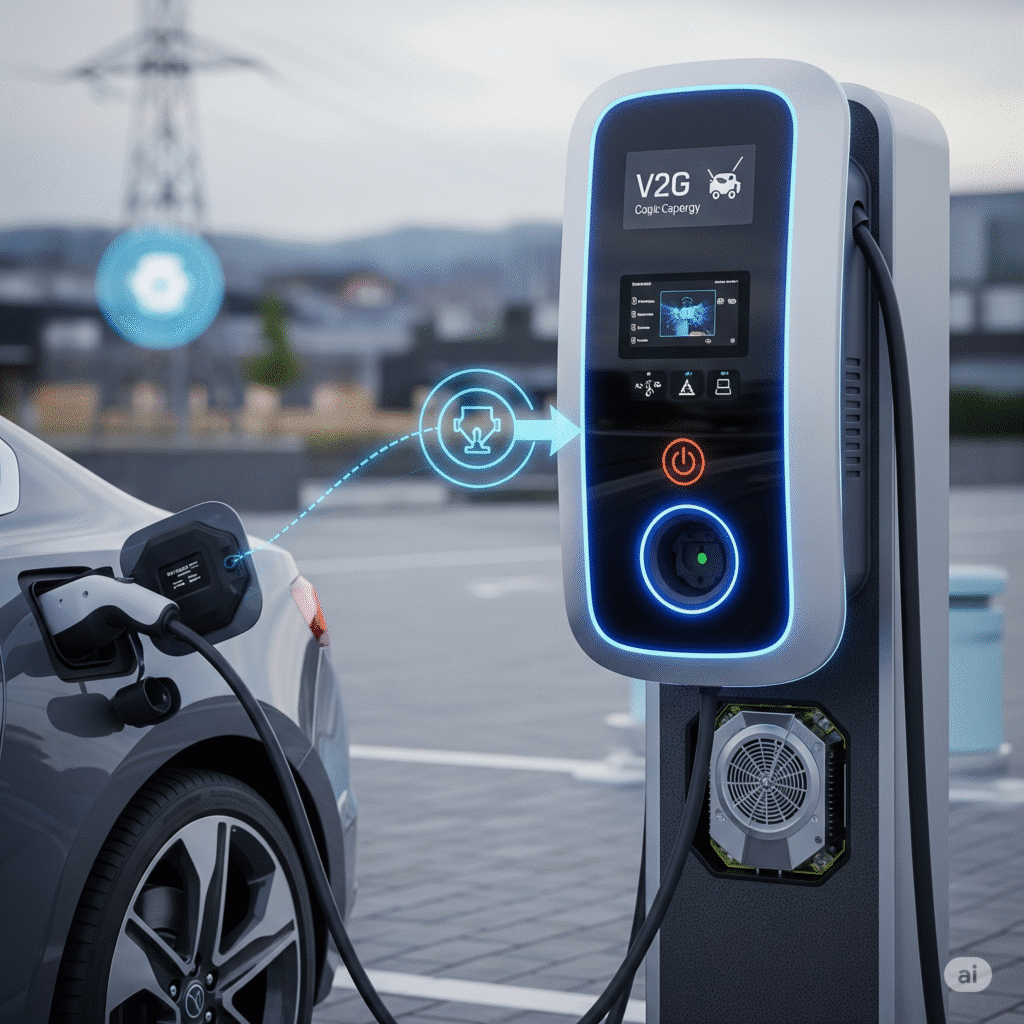Maryland is First State to Adopt Comprehensive Vehicle-to-Grid (V2G) Interconnection Rules
On June 12, 2025, Zach Woogen, Executive Director of the Vehicle-Grid Integration Council (VGIC) reported that In a historic move, the Maryland Public Service Commission (PSC) has unanimously adopted the United States’ first comprehensive set of Vehicle-to-Grid (V2G) Interconnection Rules. This landmark decision establishes a clear and robust regulatory framework for integrating both V2G DC and AC systems into the electric grid. Officially codified in the Code of Maryland Regulations (COMAR) 20.50, these new guidelines position Maryland as a national leader in Vehicle-Grid Integration (VGI), with the rules set to take effect on July 7, 2025.
Key Provisions for V2G Systems
Maryland’s new rules provide long-awaited clarity for how V2G systems can interconnect with the utility grid:
V2G DC systems—those using stationary inverters—are treated under the existing stationary energy storage interconnection standards, aligning Maryland with states like California, New York, and Colorado.
V2G AC systems, where inverters are onboard the vehicle, now have two clear pathways for grid interconnection:
Option 1: Charger certified to UL 1741 SC and paired with an SAE J3072-compliant vehicle.
Option 2: Charger and vehicle certified to UL 1741 SB as a composite DER system.
Importantly, the PSC defines what constitutes a V2G system while avoiding terms like “V2G-capable EV” or “V2G-capable EVSE,” which could have triggered unnecessary interconnection processes for customers not planning to export energy to the grid.
The rules also make a key distinction between backup-only and grid-parallel bidirectional use cases. Systems used solely for backup during outages are exempt from a full interconnection review—customers need only notify the utility. Grid-parallel systems, however, must undergo the full interconnection process to ensure safe grid operation.

A Win for Future-Proofing and Flexibility
Crucially, customers may install V2G-capable charging infrastructure and operate it in load-only mode until ready to export energy. This provision supports near-term electrification—such as school bus fleets—without the immediate regulatory burden, while preserving long-term flexibility for V2G participation.
Next: Eyes on Utility V2G Rate Proposals
Maryland’s PSC action stems from the Distributed Renewable Integration and Vehicle Electrification (DRIVE) Act, signed by Governor Wes Moore in 2024. The law also requires utilities to file compensation proposals for DERs, including V2G, by June 30, 2025.
Will Maryland utilities follow New England’s straightforward “Connected Solutions” model or California’s complex real-time pricing structure? Whatever the outcome, VGIC urges the Commission to ensure that the full value of V2G—including avoided infrastructure, generation, and emissions costs—is reflected in customer compensation.
A Green Light for Industry Innovation
This new clarity is a game-changer for automakers and EVSE manufacturers, especially those developing V2G AC technologies. It eliminates a major barrier to innovation, offering regulatory certainty and streamlined interconnection processes. The result? Accelerated development, testing, and deployment of bidirectional systems that turn EVs into mobile energy assets.
EVinfo.net’s Take: Maryland is a National Model for VGI Policy
The Maryland PSC’s thoughtful, inclusive, and efficient approach to rulemaking stands as a master class in public policy. Within just one year, the Commission delivered a major regulatory milestone without getting bogged down in years of “analysis paralysis.”
As other states consider their own V2G futures, Maryland has shown how it’s done. With the framework now in place and utility proposals on the horizon, the state’s leadership on VGI promises to deliver cleaner air, lower bills, and a more resilient grid.
For now, Maryland wears the crown—and the industry is watching.

Electric Vehicle Marketing Consultant, Writer and Editor. Publisher EVinfo.net.
Services